ASUS has its own way of putting a special spin on its GPU offerings through special overclock models along with DirectCU II cooling solutions which always tend to deliver something special. Today we have an ASUS GeForce GTX 660 on the test bench to see exactly how this bang for the buck card will perform.
Introduction – ASUS GeForce GTX 660 DirectCU II
The ASUS GeForce GTX 660 DirectCU II edition is a reference clocked GPU with a single 6 Pin PCIe power connector and it supports up to 2-Way SLI, but that is where the similarities end. It is rare to see ASUS stick with a reference design board, especially because their graphics cards come with full SAP components to ensure massive power delivery capability which ensures that overclocks should be much easier and more stable even on a standard clock model. Also the card is fitted with a DirectCU II cooler to ensure that when gaming on an overclocked GPU and VRM, that temps should never be a concern.
The ASUS GeForce GTX 660 DirectCU II comes in three flavors from the standard DirectCU II model all the way to OC and TOP, which share very similar components but the OC and TOP have higher screened GPUs to offer a guarantee clock of a much higher frequency. The card we have today is a reference clocked model and it hits the market at $234.99 directly from Newegg, which is right in the ballpark of all of the other cards of the same make, which means with some of the added benefits already listed this could be one heck of a value.
Key Features
SAP (Super Alloy Power)
ASUS has great pride in the components they infuse into their graphics offerings, very much like the motherboards we have covered previously. ASUS has what’s called a SAP or Super Alloy Power, which covers the components in the very VRM we are discussing. The components are hand picked for quality and performance based around not only power delivery but efficiency as well. The components in the SAP solution are super durable for a rated lifespan of up to 2.5x what reference cards would offer and also with the DIGI+ controller, your talking ultimate precision which means better voltage stability, better overclocking potential and overall better power efficiency clock for clock.
Here we see a comparison from a reference model GTX 660, which utilizes a 4 Phase analog design VRM with a single POSCAP in place. The DIGI+ version is a 6 Phase design with 3 POSCAPs to ensure no shortage of power or no conceivable way the GPU or components could be left wanting more under a heavy load situation. The Digital controller is one thing that many neglect to look at and with such control it is worth noting that there is no compromise for voltage accuracy and also efficiency as components are much more tightly regulated to ensure a solid and efficient VRM.
Here we see a short detailing of the SAP components and some short informational quips about how they help make for a better card. One thing here is that this is only the surface of what it is truly, as the SAP solution is a complete package of all of these components designed to work together giving not just higher power delivery than reference but also better voltage accuracy and efficiency through the digital voltage control and component selection and design.
Here we have some good detailing directly from ASUS, showing the improvement of the SAP choke component and how it is superior to other designs implemented presently. Other model chokes can make a whine or screeching sound due to the coil vibration, something we’re sure many enthusiasts and overclockers have heard before. The ASUS design has a sealed/filled core to inhibit vibration, which means noise free operation under extreme loading conditions. Another thing to remember is movement makes heat and friction, so less movement will mean cooler running components.
Here ASUS shows off its SAP selection for MOSFET components. These are designed to not only be more efficient but also have a higher power handling capability, which allows them to have extra head room for overclocking, should you really want to push the limit. Also note, the small package design of the SAP component as it is much smaller than the standard or generic MOSFET used on some standard or reference model cards. This allows for a larger VRM design to fit into a smaller space so that you can pack more punch without effecting the tight real estate within the chassis.
The SAP Solid state cap selection are Japanese units with a much higher MTBF than what you may see on other designs. These units are designed to have a very high expected lifetime, which allows users to rest assured that in their gaming rig with these components should have a nice happy life with a very low chance of failure for quite a long time (up to 2.5x as longer than competing components). For those of us that like to throttle our cards and really put the squeeze on them, this means we have the capability built in as the components are solid and reliable and ready to take a pounding.
Here on the rear of the GPU you see dual POSCAPs placed directly on the opposite end of the GPU, which is perfect placement for direct GPU access should it hit a losing spike. When such a spike hits these units help keep stable and reliable power delivery flowing no matter the loading condition.
Here we see what makes the difference for the DIGI+ solution which has to do with the accuracy and efficiency of the Digital controller in comparison to the analog VRM control we see on many other solutions. This level of control allows for unprecedented voltage accuracy, along with lower signal noise and overall more overclockability due to the tighter stability offered by the DIGI+ digital controller.
DCII (Direct CU II)
ASUS DirectCU II coolers are the ASUS way of saying maximum cooling and plenty of quiet with one naming scheme. DirectCU II coolers are direct touch heatpipes to the GPU surface, ensuring the heat is wicked away from the GPU and up into the cooling fin array as quickly as possible. From there, the custom shrouded dual fans push air through the fins effectively but most important quietly to keep the GPU as cool as possible so hopefully it will never hit a temp to need a higher or noisier fan speed. The air pushing through the fin array also helps cool board components and the VRM as well, which is a nice little added bonus to this style cooler since we all know cooler components tend to run stronger, longer and with better efficiency.
AS you see above the heatpipes on this cooler are massive and they are configured in such a way that they maximize the cooling efficiency of the fan airflow from the DirectCU II Cooler.
Here we see that when compared to a reference model cooler the DirectCU II cooler can keep the card up to 18 degrees C cooler which means of course a cooler internal chassis temperature and also better component life expectancy.
Here we can see that the DirectCU II cooler design with its dual fans is actually up to 5dB quieter than a reference design which is huge because dB unlike most measurements is huge steps for each dB in perceived loudness. So to see a 5dB drop is the difference between standing next to a bus and the bus being across a 4 lane street.
Dust proof Fan Technology
You would think that by now everyone would know that one of the number one killer of a fan is the dirt and dust it comes into contact with. Many fans simply are not sealed in such a way that it can keep dust out and in many cases they are not sealed at all, and you can see the sensitive winding area clearly exposed just by looking at the gap.
Here you can see that the ASUS solution is not just sealing the hub from dust but having 2 levels of sealing which means that over the lifespan of the cooler you can expect a much lower likelihood that you will get the grinding or simply the failing that you normally get from the unprotected fan as seen above.
We cannot count how many times we have had a perfectly good card or cooler just to have it become useless because the fan died.
GPU Tweak
ASUS offers its own software utility and its functionality has grown with generations just like the cards it supports. Of course the card can be overclocked but also voltages can be tweaked and within the GPU Tweak app, we can even launch the GPU info utility which is a full custom version of GPUz. This is a really cool feature and a benefit especially to benchmarkers, who we can definitely see using this card with some of the awesome tweaks we will discuss in the card overview.
There are many tools within the GPU Tweak menus some a little more hidden than others. First off directly form the GPU Tweak utility itself you can check for BIOS updates and even update from within the program. For anyone who’s ever updated a vBIOS before knows that having a tool that can do this in a mere few clicks is really handy.
The charts besides offering real time monitoring can also be setup to log thermals, voltages and clocks so that after benchmark or gaming runs you can see if there was any thermal issues or throttling that may have affected performance.
GPU Boost
Nvidia implemented the GPU Boost feature on the new Nvidia GeForce 6 series GPU’s of the Kepler Architecture. This allows the card to have a base clock and it adjusts dynamically or overclocks to a speed of up to a certain amount depending upon the thermal and power envelope. This makes Overclocking these cards a bit different as you now are overclocking with a boost clock and by offsets from the out of the box clocks. We will discuss more of the overclocking aspects in the overclocking section but it does need to be noted. The voltage envelope can be adjusted as well with another offset setting. This will raise the ceiling in most cases for more overclocking headroom pending temps are within check which with this cooler should not be much of an issue.
Adaptive V-Sync
Nvidia also included another feature as of recent called “Adaptive V-Sync” which allows for better performance while also stutter free gameplay by actively enabling and disabling V-Sync depending upon gaming situation and FPS all without any intervention from the user.
PCI-E Power LEDs
One really cool feature is that there are status LED’s on each PCI-E connector and these help you recognize that power is actively being sent to each connector of the card. (Note: picture is for reference purposes only as the care reviewed today employs only a single PCIe connector and single red and green LEDs)
The dual greens seen above indicate everything is working well. However if the PCI-E cable is not active or is not installed at all, it will give you the red light which tells you something is wrong. We could definitely see some value in this when diagnosing multi card setups or even single card issues. A dead PCI-E power cable could cause you to pull your hair out without these kinds of indicators.
PCI Express Gen 3 Capable
ASUS wants to ensure everyone is aware that PCI-E 3.0 is here and ASUS is ready with not only cards such as this but boards to support it as well.
 Bjorn3D.com Bjorn3d.com – Satisfying Your Daily Tech Cravings Since 1996
Bjorn3D.com Bjorn3d.com – Satisfying Your Daily Tech Cravings Since 1996



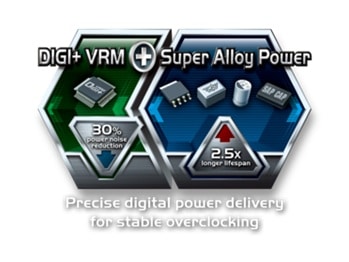
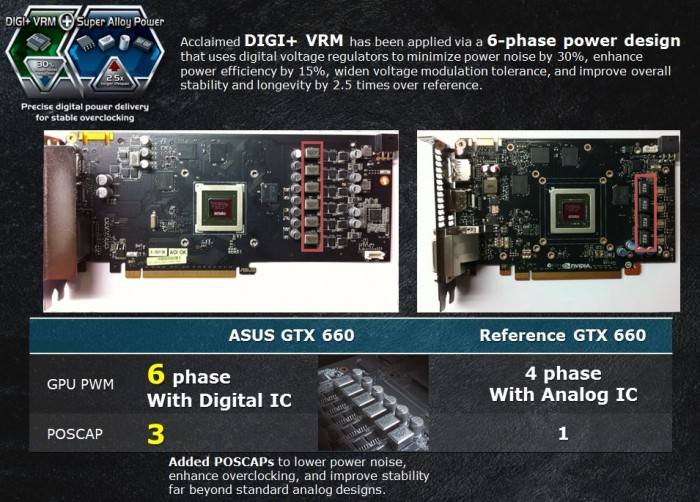



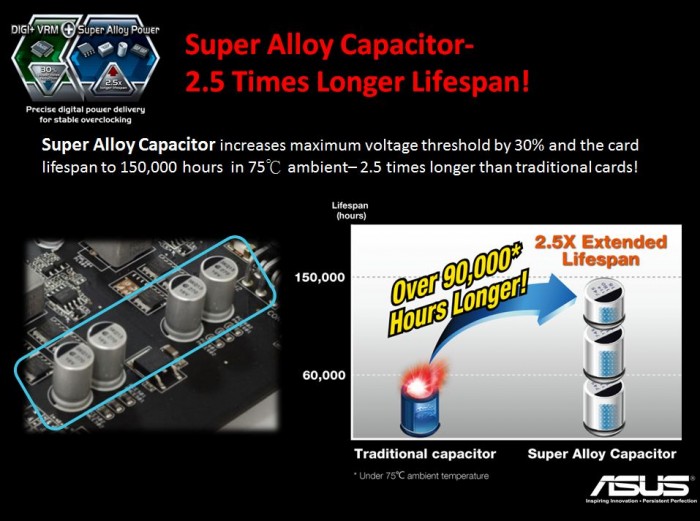
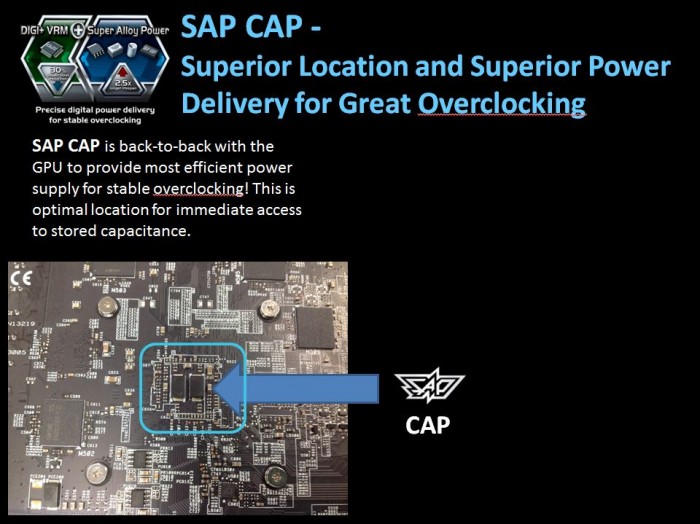


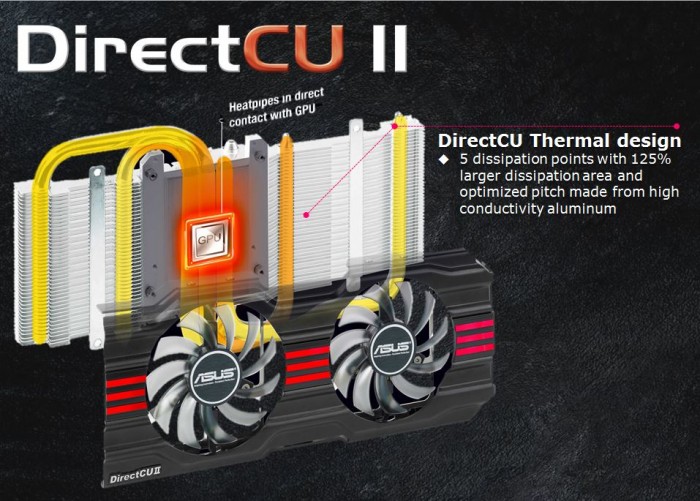

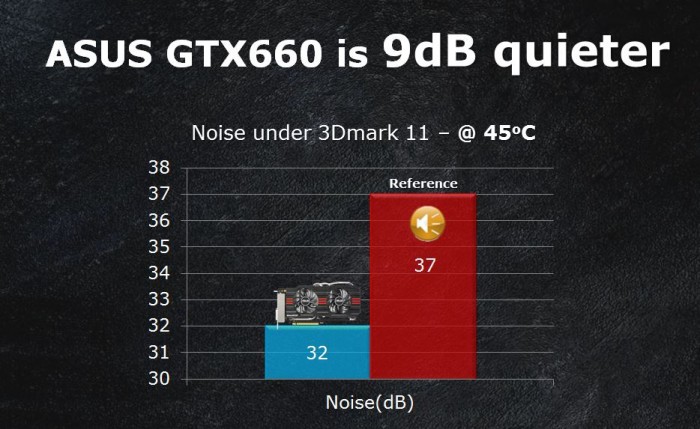
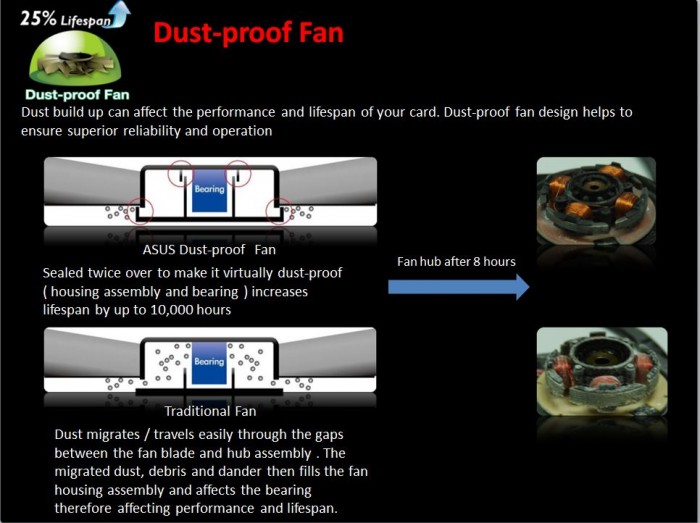




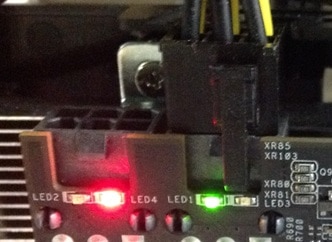
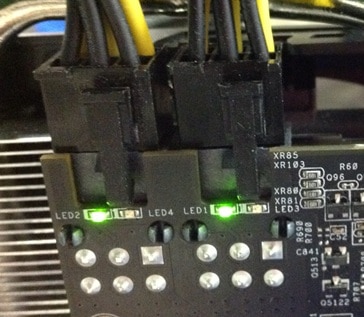

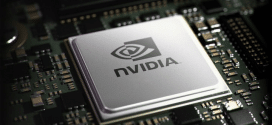







Nice review! makes me want one xD
The PCI-E LED present test is an awesome option, I was having stuttering in BF3 for weeks and attributed it to a recent patch (other games were not as graphic intensive so I didn’t notice the stuttering…cpu was handling it) until I drove to root cause, a loose power cable on the vid card throttling back to 175/300 every 5 seconds. It was a loose pin within the connector housing; changed it out and no problems, but a pain to diagnose, this would have accelerated that greatly.
Hi, with this configuratione, Corsair Ddr3 1333Mhz 4Gb 2X240 Dimm, ASUS GeForce GTX 660 DirectCU II OC – 2 GB GDDR5, Intel Intel Core i7 2nd generation Intel® Core(TM) i7-2600K, ASUS P8H77-V LE Scheda Madre and Power Corsair VX 550 i have problem? Thanks
Hi, I bought GTX 660 DirectCU II TOP at Commart Thailand. This card have 2 output ports but including only VGA connector. Where another has loss or ASUS have only one Connector!!!! Let me know please? Thank so much.
[email protected]